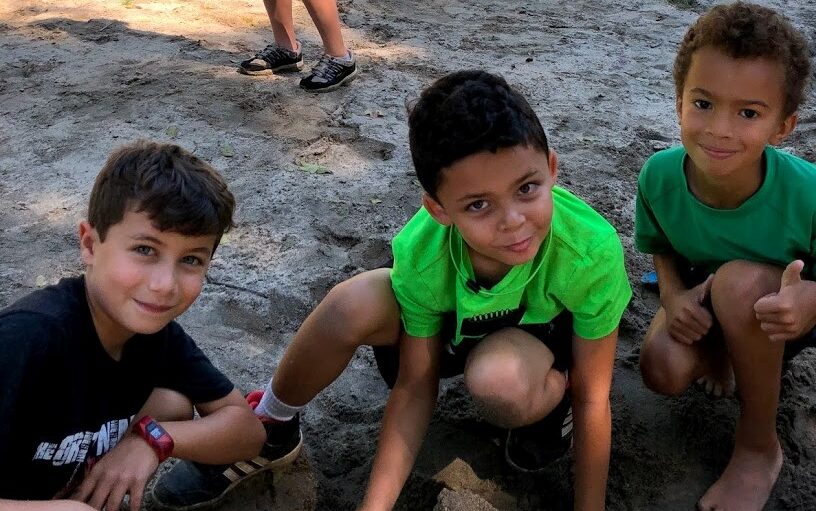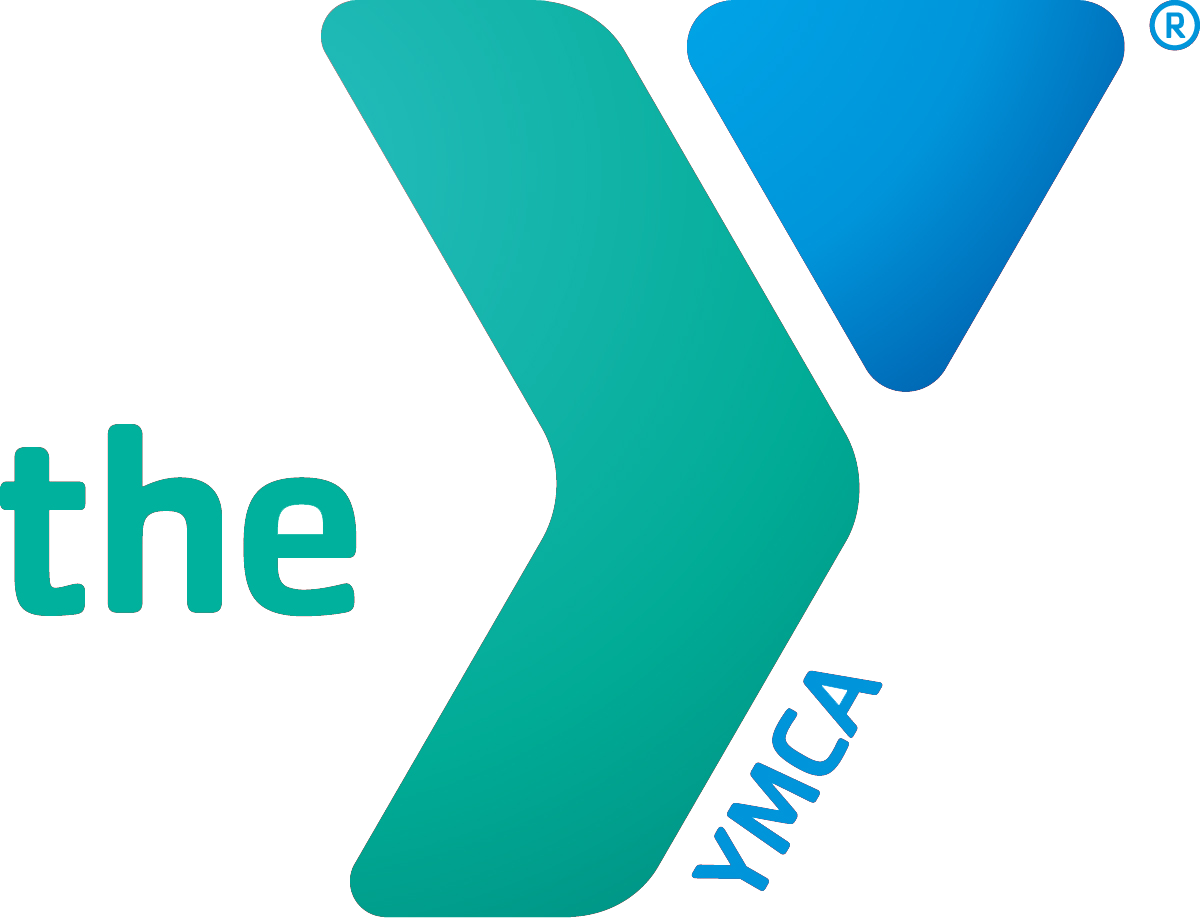
The safety and well-being of children in the care of Ys across the U.S. is, and always will be, our top priority.
We know that today:
- 1 in 4 girls and 1 in 6 boys in the U.S. experience sexual abuse by the age of 18.1
- 90 percent of children who are abused know the abuser.2
- There are more than 42 million survivors of child sexual abuse in the U.S. Yet, many child victims may never disclose their abuse.3
- 1 in 5 children is solicited sexually on the Internet before the age of 18.4
Yet, when adults collectively understand the risks and red flags of child sexual abuse, we can do more to keep kids safe. When we all take action, abuse is preventable.
Our Commitment to Child Protection
As a youth-serving organization that reaches 8 million children and teens every year, the Y’s most important work is creating safe environments for young people. That any child or teen would experience harm in our care is unacceptable. Ensuring the safety and well-being of young people is foundational to everything we do at the Y to help them learn, grow and thrive.
How We Create Safe Spaces for Children and Teens
As an organization, we have taken the following actions to keep kids safe in our Y facilities, camps and programs and maintain the reputation of safety we have built during our 175-year history.
- All Ys in the U.S. are required to implement child sexual abuse prevention practices and policies to remain a member in good standing with the National Council of YMCAs. These requirements include:
- Completing a child abuse prevention self-assessment, administered by a Y-USA–approved vendor, at least every two (2) years
- Having a policy that requires criminal background checks for staff and volunteers
- Providing and requiring training for staff and volunteers on preventing and responding to child abuse
- Requiring staff and volunteers to report child abuse in accordance with applicable laws
- Having a policy that requires screening all adults against a national sex offender registry and written protocol for how to respond when adults are identified as registered sex offenders
- Reporting the following events to Y-USA:
- Allegations and/or criminal charges of child abuse, child sexual exploitation, or child sexual misconduct involving a current or former YMCA staff, volunteer, or member (including incidents related to the YMCA and outside of the YMCA)
- Allegations of sexual abuse, sexual exploitation, or sexual misconduct between youth participants in attendance at a YMCA and/or enrolled in YMCA activities.
YMCAs have access to resources to assist them in meeting these requirements. Provided by and facilitated by Y-USA, these resources are accessible through Link, our internal knowledge-sharing platform for YMCA staff.
- We engage external experts in abuse prevention (Praesidium) to work with all 2,600 Ys across the country and provide access to a comprehensive self-assessment as well as best practices in screening, training, supervision and reporting practices.
- We partner with passionate local Y leaders who facilitate peer-to-peer learning and continuously improve and strengthen Y abuse-prevention efforts. Specifically, we work alongside the Guardians for Child Protection—a collective of Y CEOs committed to activating the power of the Y and other youth-serving organizations to engage communities, improve internal operations and advance policy and environmental change to protect children from sexual abuse.
- We work closely with strategic partners to advance federal policies that seek to protect children from various forms of abuse and neglect. Whether it’s passing the Child Protection Improvements Act (CPIA) into law or increasing funding for the Child Abuse Prevention and Treatment Act (CAPTA), our advocacy efforts reflect the Y’s commitment to child safety.
Child Protection Resources
Learn more about steps everyone can take to help create a culture of safety and prevent child sexual abuse.
For our policy on third-party links please see our Privacy Policy.
Report An Incident
If you need to report an emergency situation involving child sexual abuse, please call 911.
Otherwise, please contact the appropriate local and state authorities to report suspected incidents of child sexual abuse. You can find contact information for child abuse and neglect authorities for your particular state here.
Contact Us
If you suspect child sexual abuse has occurred at our Y facility or program , please notify Cynthia Delfino at cdelfino@ymca-cnw.org.
- Finkelhor, D., Hotaling, G., Lewis, I. A., & Smith, C. (1990). Sexual abuse in a national survey of adult men and women: Prevalence, characteristics and risk factors. Child Abuse & Neglect 14, 19-28. doi:10.1016/0145-2134(90)90077-7.
- Department of Justice, Office of Justice Programs, Bureau of Justice Statistics, Sexual Assault of Young Children as Reported to Law Enforcement (2000).
- National Association of Adult Survivors of Child Abuse.
- David Finkelhor, Kimberly J. Mitchell, and Janis Wolak, 2000, Online Victimization: A Report on the Nation’s Youth, National Center for Missing & Exploited Children: Arlington, VA. Darkness 2 Light. Statistics Surrounding Child Sexual Abuse.
